Space Weather & Ionosphere Laboratory (SW&I)
Welcome to our Lab
Space weather is a branch of space physics and aeronomy, or heliophysics, concerned with the time varying conditions within the Solar System, including the solar wind, emphasizing the space surrounding the Earth, including conditions in the magnetosphere, ionosphere, thermosphere, and exosphere.
About
The Space Weather and the Ionosphere (SW&I) group at the Sharjah Academy for Astronomy, Space Sciences, and Technology is in charge of developing a research laboratory to perform research and development related to the upper atmosphere. The SW&I group has a genuine interest in conducting research studies on ionospheric variability due to various solar and space weather effects and exploring different techniques of monitoring and modeling the ionosphere. A strong emphasis is on small and large-scale variations in the higher layers of the ionosphere (E-layer and F-layer) and phenomena related to ionospheric disturbances associated with low-mid latitude ionosphere. Techniques such as calibration and mapping of total electron content (TEC) using GNSS data, the vertical sounding of the ionosphere using digital ionosonde, and monitoring of the full-scale electron density profile using radio occultation technique are currently effectively used. The group is not only involved in the research related to the Earth’s ionosphere but also performs comparative studies between planetary ionospheres.
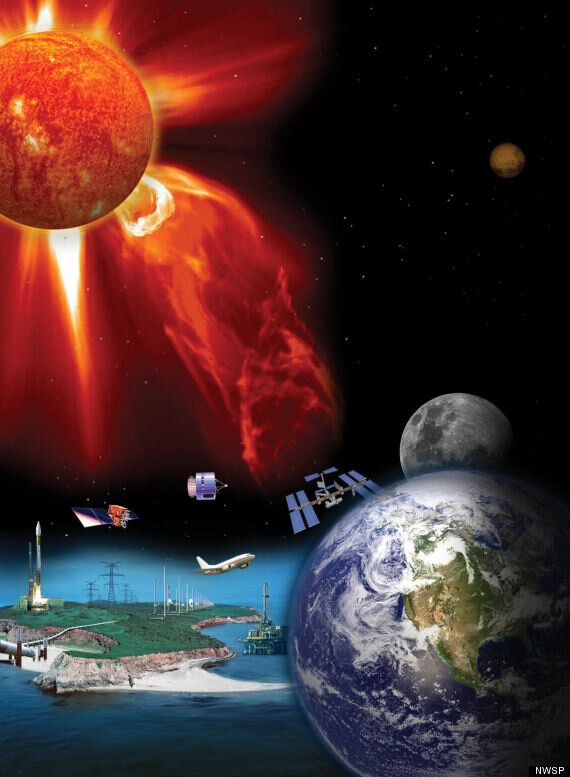
“We wish to deepen our knowledge about the Earth’s relationship with space, as well as understand how it responds to changing cosmic conditions, without leaving our planetary abode”
Our Vision
To set quality benchmarks in conducting scientific research on upper atmosphere variability due to ever-changing space weather effects and exploring various techniques of monitoring and modeling the planetary ionospheres.
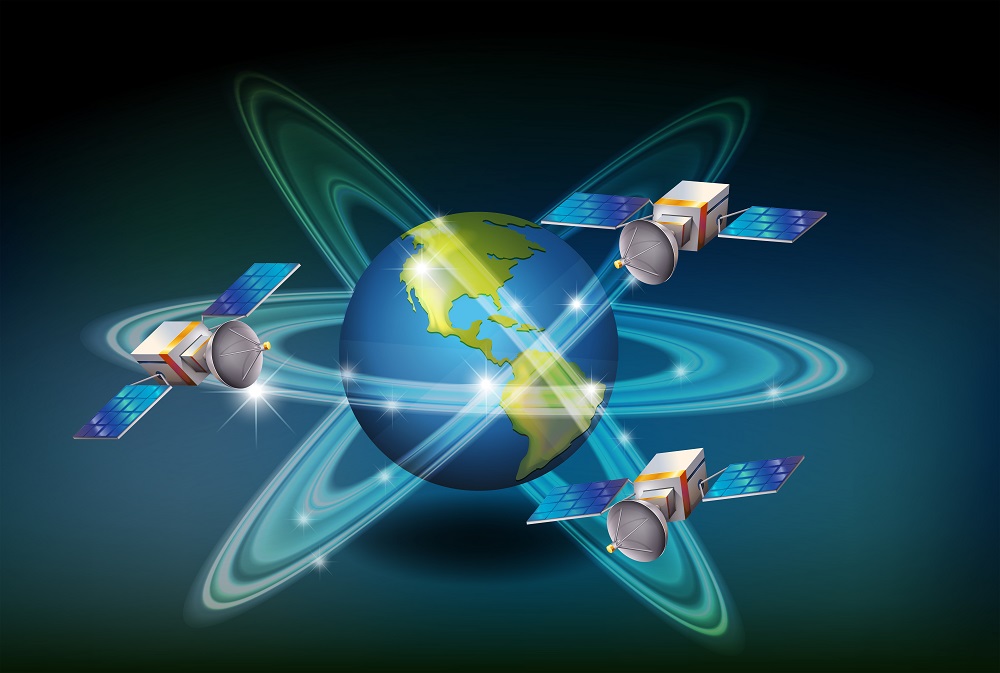
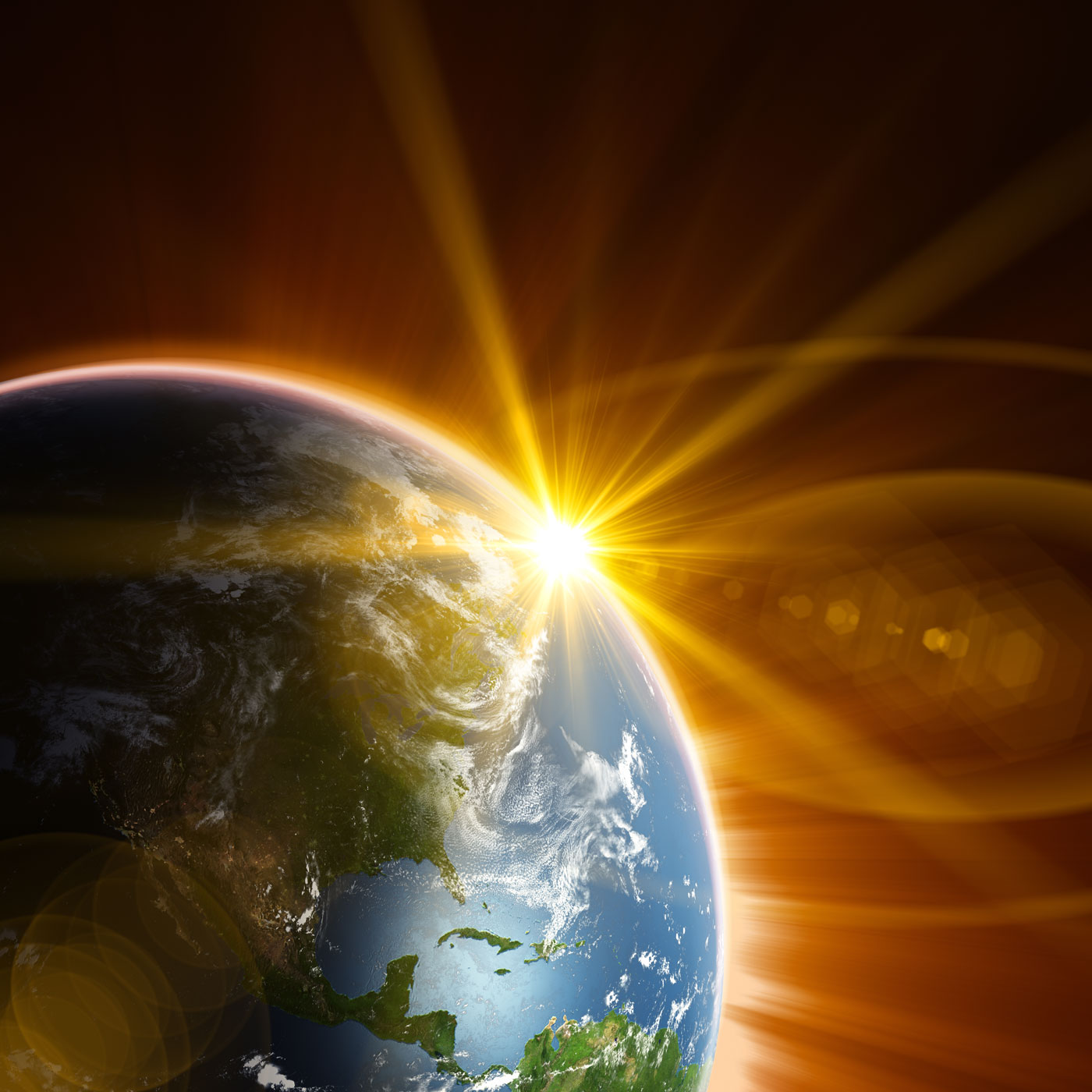
Our Mission
- To establish a state-of-the-art laboratory for conducting high-quality Space Weather research
- To promote the Space Weather science among the scientific community of United Arab Emirates
- To introduce UAE to the Space Weather community around the world
- To innovate and inspire by publishing high-quality scientific research
- To help overcome scientific data drought due to lack of instrumentation in the Gulf region
- To contribute to the Space Weather science by disseminating real-time and near-real-time scientific data
Know About
Main Research Objectives
- Study of severe space weather effects by monitoring diurnal and seasonal variation of the ionosphere over the Arabian Peninsula region
- Study of ionospheric variability by exploring various techniques related to monitoring and modeling of the global ionosphere using ground-based and space-based remote sensing
- Study of large and small-scale ionospheric irregularities
- Study of scintillation phenomenon; regionally with the help of GNSS receiver installed at the SW&I lab and, globally, using the data available through other data providers
- Comparative study of the planetary ionospheres
0
Results
0
Research
0
Publications
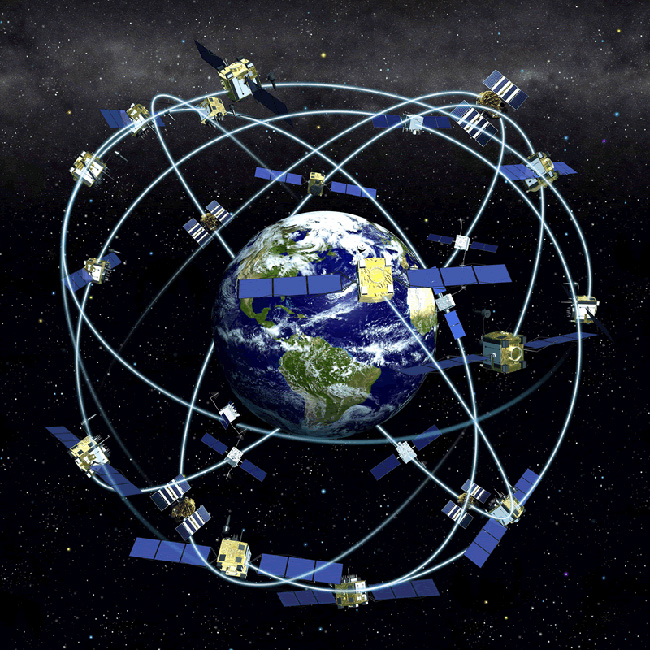
Our Facilities
Our facilities support our vision to create a stimulating research environment for those looking for space science, learning and discovery
Multi-Constellation Multi-frequency GNSS Data Receiving Station and Scintillation Monitor
Global Navigation Satellite System (GNSS) refers to a constellation of satellites providing signals from space that transmit positioning and timing data to a receiver on the ground. The receiver then uses this data to determine its location. GNSS consists of four different satellite constellations independently providing global positioning to their users, including American GPS (Global Positioning System), Russian GLONASS (Global Navigation Satellite System), European Galileo and Chinese Beidou.
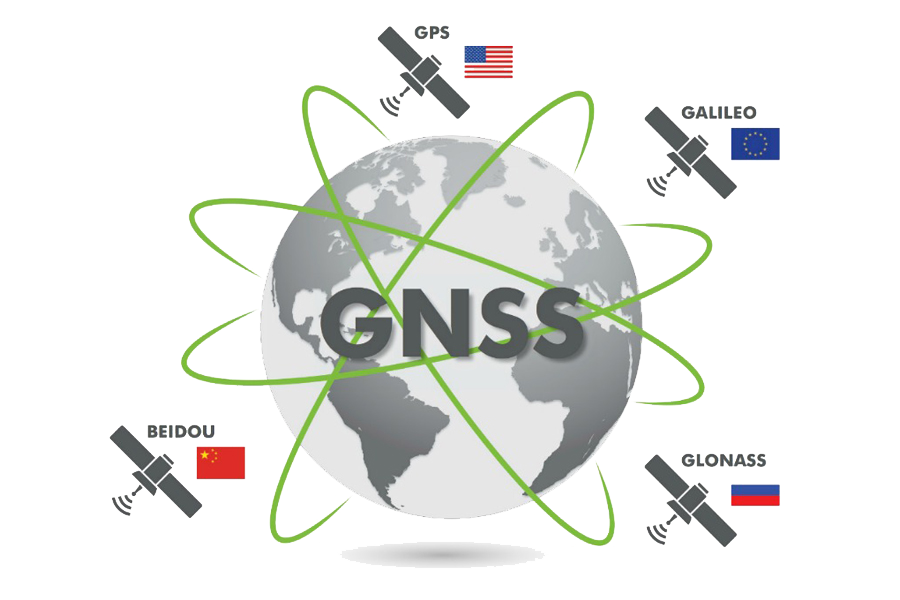
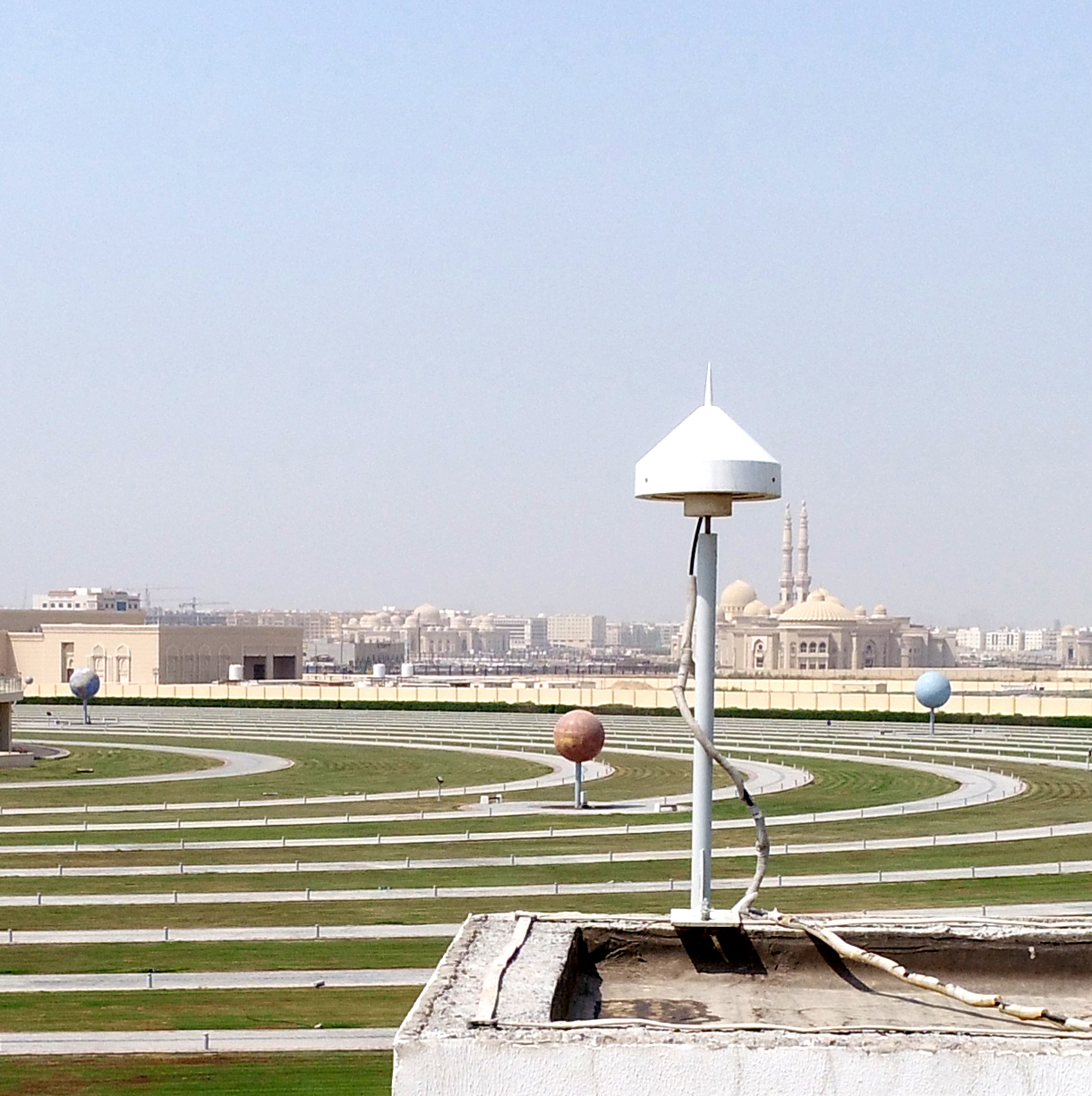
Refraction and diffraction of GNSS signals in the Earth’s ionosphere can result in delays and distortions to the GNSS signals reception. The ionosphere contains particles that have become charged or ionized as a result of interactions with high-energy particles from the sun. Problems arise when there are irregularities in the ionosphere. These irregularities are localized fluctuations in the electron density of the ionosphere and can distort the phase and amplitude of GNSS signals producing fluctuations known as scintillations. These so-called scintillation events in the ionosphere can degrade the quality of satellite signals and produce a significant error in the positioning calculation using the GNSS receiver.
In order to study extraordinary phenomena like scintillation in the ionosphere, SW&I lab is equipped with a highly specialized scientific-grade GNSS receiver station (PolaRx5S) with scintillation monitoring capabilities.
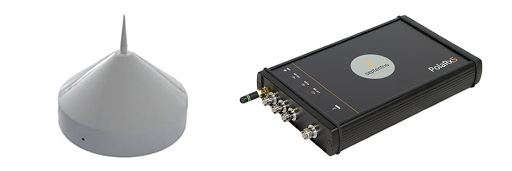
Advanced Digital Ionosonde Radar System
An ionosonde is a special radar for the examination of the ionosphere. A typical ionosonde system consists of a high frequency (HF) transmitter automatically tunable over a wide range of frequencies (~1-30 MHz) and a tracking HF receiver, which can automatically track the frequency of the transmitter. The typical ionosonde works when the transmitter sweeps all or part of the HF frequency range, transmitting short pulses vertically upwards towards the upper atmosphere. These pulses reflect at various layers of the upper atmosphere (at heights from 100–500 km), and their echos are received by the receiver and analyzed by the control system. The result of these echos is displayed in the form of an ionogram (a graph of reflection height versus carrier frequency).
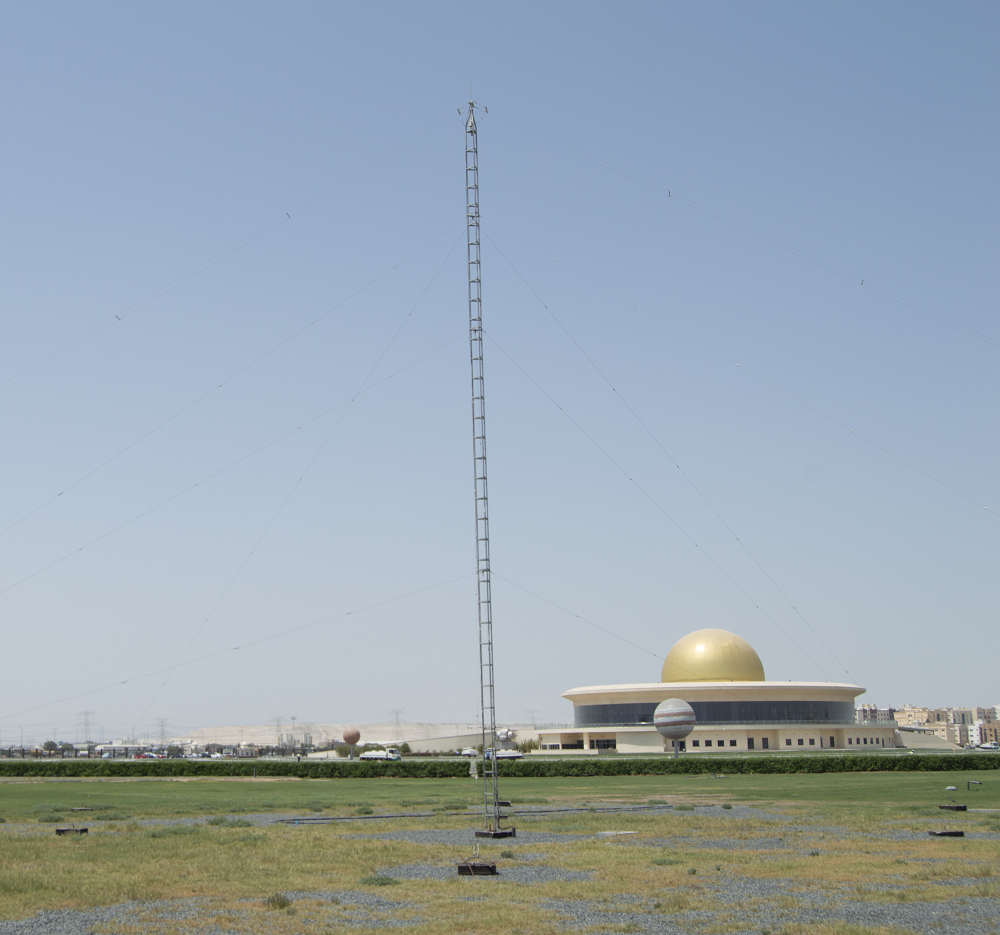

Historically, an ionosonde is used for finding the optimum operation frequencies for broadcasts or two-way communications in the high-frequency range. Nowadays, it is used as an essential tool to perform research related to the diurnal and seasonal variations of the upper atmosphere and their effect on other radio frequency signals.
Canadian Advanced Digital Ionosonde (CADI) System
The Canadian Advanced Digital Ionosonde (CADI) is a state-of-the-art, flexible, full-featured digital ionosonde radar system ideal for both routine ionospheric monitoring, and research. The system integrates phase coding techniques, solid-state electronics and advanced technology to make CADI significantly smaller and less expensive ionosonde. Observables include:
Echo delay (height) versus frequency
The phase and amplitude of the echo
The angle of arrival
The echo polarization
Ionospheric drift using the spaced antenna method
Results
Our results pave the way toward better
understanding of the ever-changing ionosphere
“This section is currently being set up”
Our team operates our equipment and monitors and monitors all that relates to space weather, and then analyzes and interprets this data and converts it into the understandable language to be published to the general public.
Our team operates our equipment and monitors and monitors all that relates to space weather, and then analyzes and interprets this data and converts it into the understandable language to be published to the general public.








